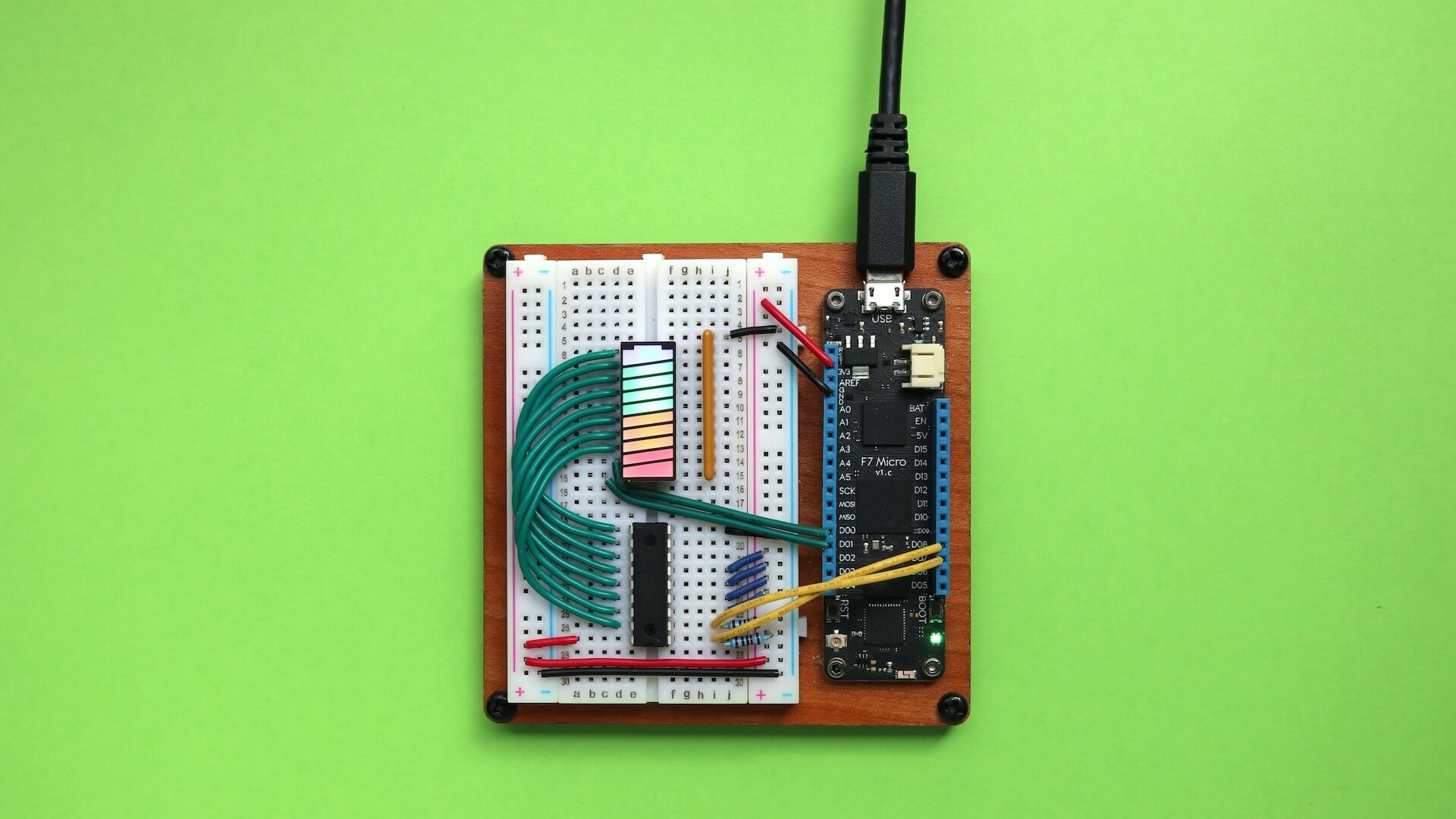
Companies that are reinventing their platforms for the digital age are in desperate need of data. This urgent need has spurred a proliferation of IoT implementations across multiple industries, including industrial manufacturing, agriculture and retail.
We're gradually starting to see how the data generated by connected devices can help companies improve operational efficiency, gain insight into business processes and make real-time decisions," said Carrie MacGillivray, an analyst at IDC.
Lindsay uses IoT to improve water efficiency
Lindsay Corp, which acquired Elecsys in 2014, began investing in IoT early on. Since then, Lindsay has integrated Roche's remote monitoring and wireless communication sensors with various applications to keep a close eye on industrial equipment operating in harsh and remote environments. These machines include Lindsay's Zimmatic central pivot sprinkler system (pivot irrigation system), which provides water to crops everywhere, said Brian Magnusson, Lindsay's vice president of technology and innovation.
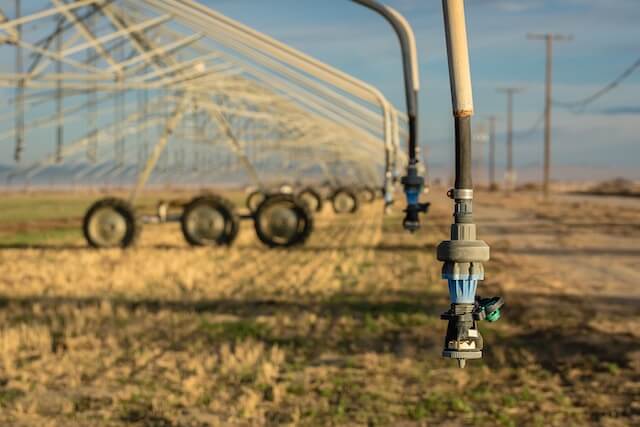
Sensors on the Zimmatic system and other farm machinery can provide relays for a variety of data points, including how much water is needed, nutrient levels, soil wetness and other characteristics of the exact size of the field, as well as Lindsay's FieldNet Advisor, a remote management application whose underlying algorithms can provide individual recommendations on how farmers should irrigate their crops. FieldNet Advisor also takes into account weather forecasts and other third-party data.
Previously, farmers manually checked the status of their land and obtained data from other sources, which often led to over- or under-hydration of crops. The IoT system and FieldNet Advisor allow farmers to get more value from the data they collect and make more accurate decisions, Magnusson says.
IoT devices are important, and without calibrated, real data coming from field sensors, analytical models are less accurate," Magnusson says. On the back end, Lindsay uses Docker Enterprise's software (including containers) to more smoothly switch applications back and forth between on-premise systems and Microsoft's Azure cloud, Magnusson said, adding that it is part of an API- and microservices-based platform that helps Lindsay quickly roll out application updates and adjust computing power to seasonal demands.
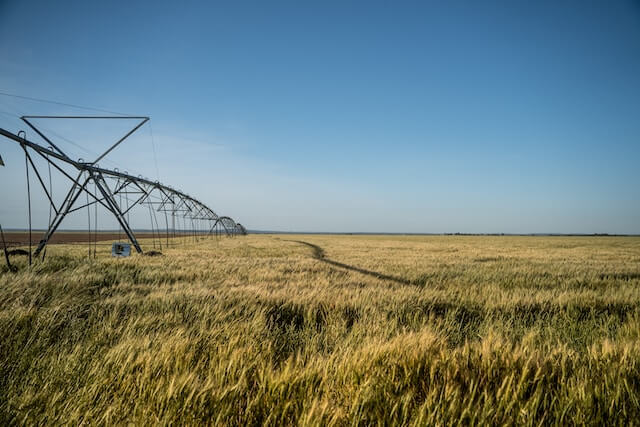
Pentair solves water filtration challenges with IoT
The Internet of Things helped Pentair solve a long-standing challenge: measuring the performance of water filtration systems for every customer, from industrial brewing companies to fish farms. The requirements vary from customer to customer, some of whom operate in remote locations.
While Pentair has always relied on regular maintenance appointments to see how the system is performing, it can now see how the system is operating without having to start it up on site again. Sensors mounted on the filtering system feed information to the AWS IoT Core application. When connectivity is limited, AWS IoT Greengrass provides Pentair with a local connection.
Pentair can make decisions that affect the health of its equipment in near real-time, but for fish farms, it can also make decisions that affect the health of the fish, and such decisions allow for increased yields, prevent the spread of disease and reduce operational costs. For brewers like Heineken, Pentair provides beer membrane filtration systems equipped with sensors that measure beer yield, temperature, flow rate and other key performance indicators, all of which can be checked by the brewing company's employees in a mobile app.
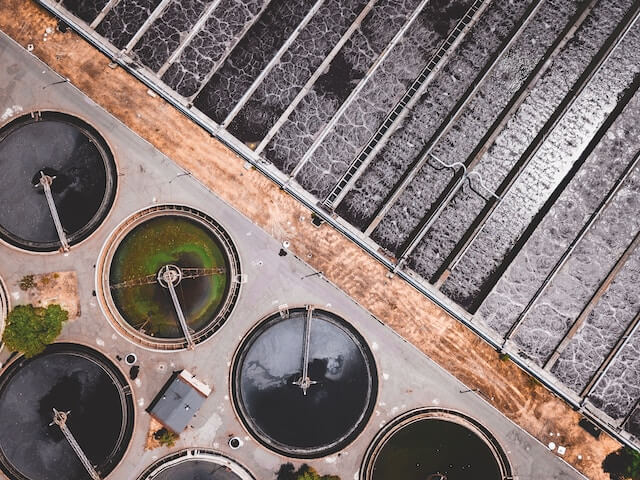
Budampati said, "The beer companies want to be able to predict production; they want to know how much beer they're producing and how the system is working."
Budampati added that IoT and AWS have helped Pentair improve customer satisfaction while reducing multiple requirements, such as manually checking equipment and operating servers and analytics systems.
Adler Planetarium's IoT recipe for preservation instruments
The IoT is so lucrative that it led Sam Cece to create Swift Sensors in 2015. hundreds of customers, most of them in manufacturing, restaurants and healthcare, use Swift's wireless sensors, which are supported by cloud software and analytics that help provide insight into business performance.
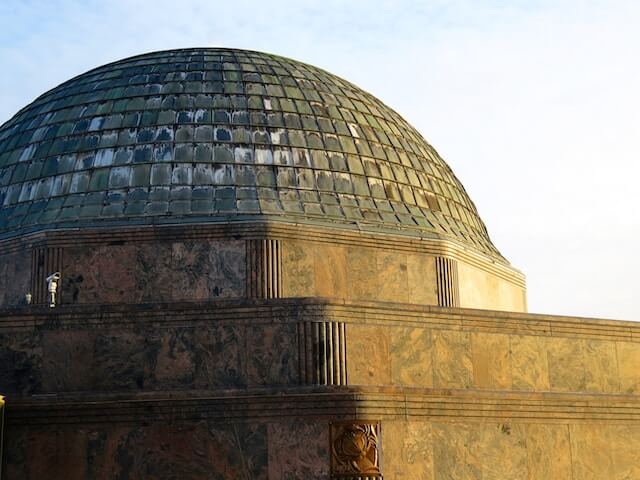
Even museums are finding value in IoT for preserving historical artifacts, such as refractors and telescopes, that are fragile. Chicago's Adler Planetarium uses more than 80 keychain-sized sensors to track more than 240 measurements, including temperature, humidity and light conditions, to protect instruments from damage.
Swift's system also eliminates the need for Adler Planetarium staff to travel back and forth to the galleries to manually record the preservation environment, a tedious process that can take up to an hour each day.
